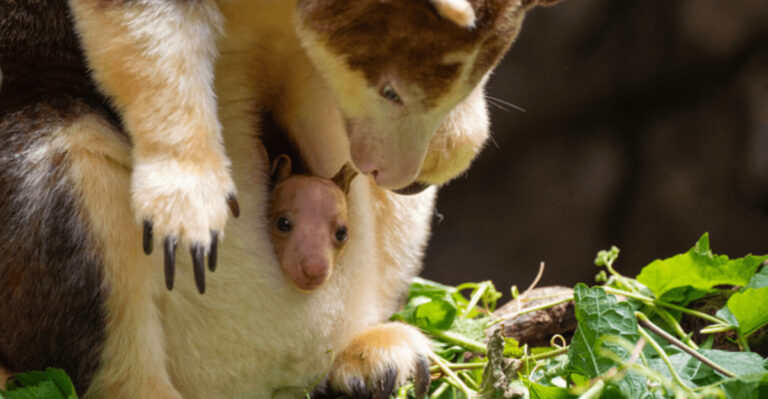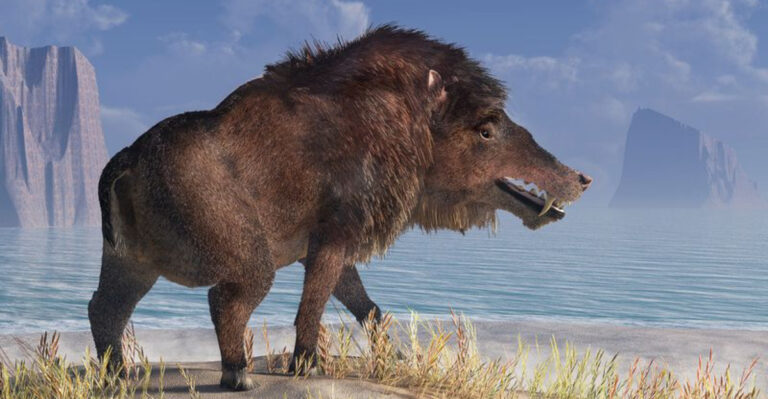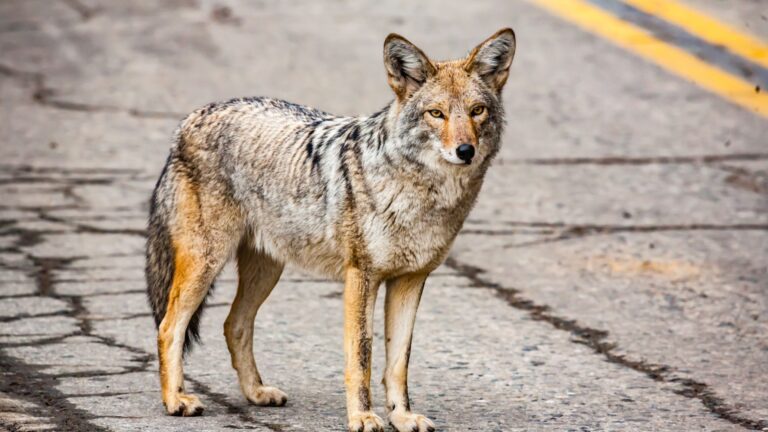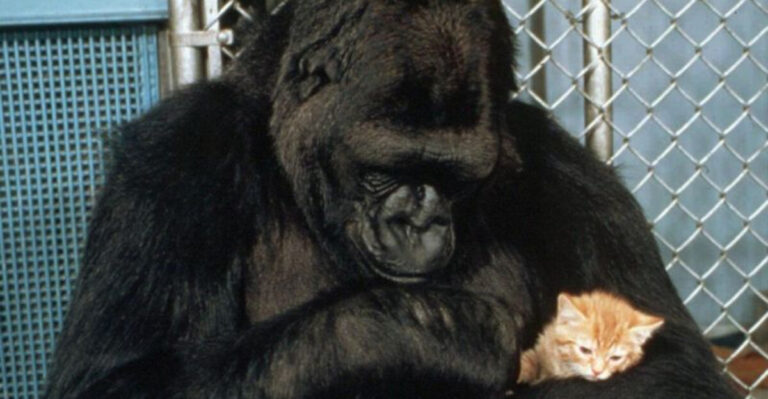9 Amazing Facts About Yellowstone’s Largest And Most Impressive Snake
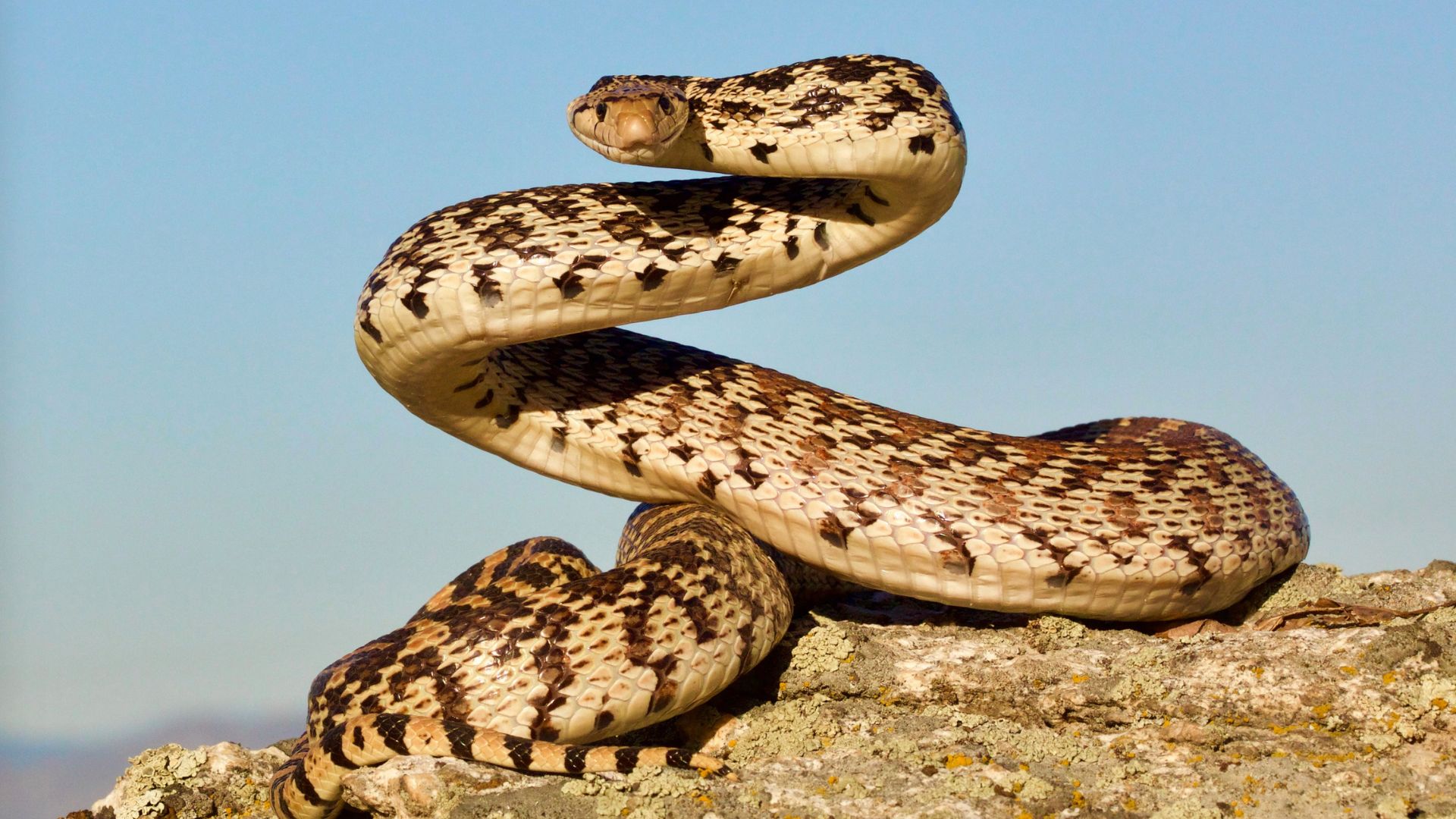
Yellowstone National Park is one of the biggest and most popular parks in the United States. Given its size, it’s also home to a wide range of species.
While Yellowstone National Park is not famous for its reptile diversity, it’s important to mention that it’s home to many snakes. Today, we will meet the largest snake living in Yellowstone National Park, the bullsnake (Pituophis catenifer sayi).
1. Bullsnake, The Largest Snake In Yellowstone National Park
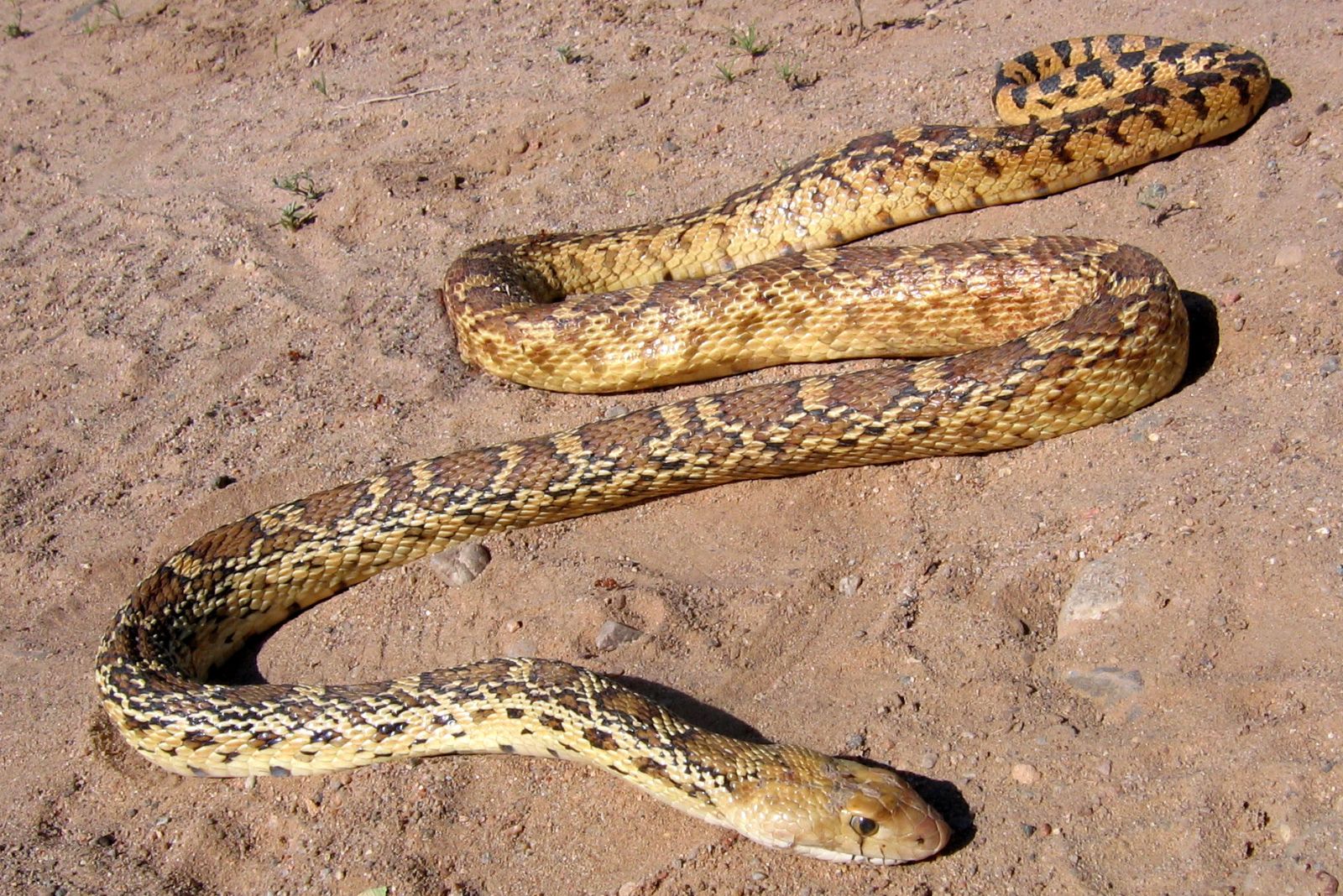
The bullsnake is the largest snake that can be found in Yellowstone. This type of snake can reach 50–72 inches in length. Besides that, they have large and thick bodies that can measure around 3–4 inches in diameter.
2. Their Appearance May Trick You
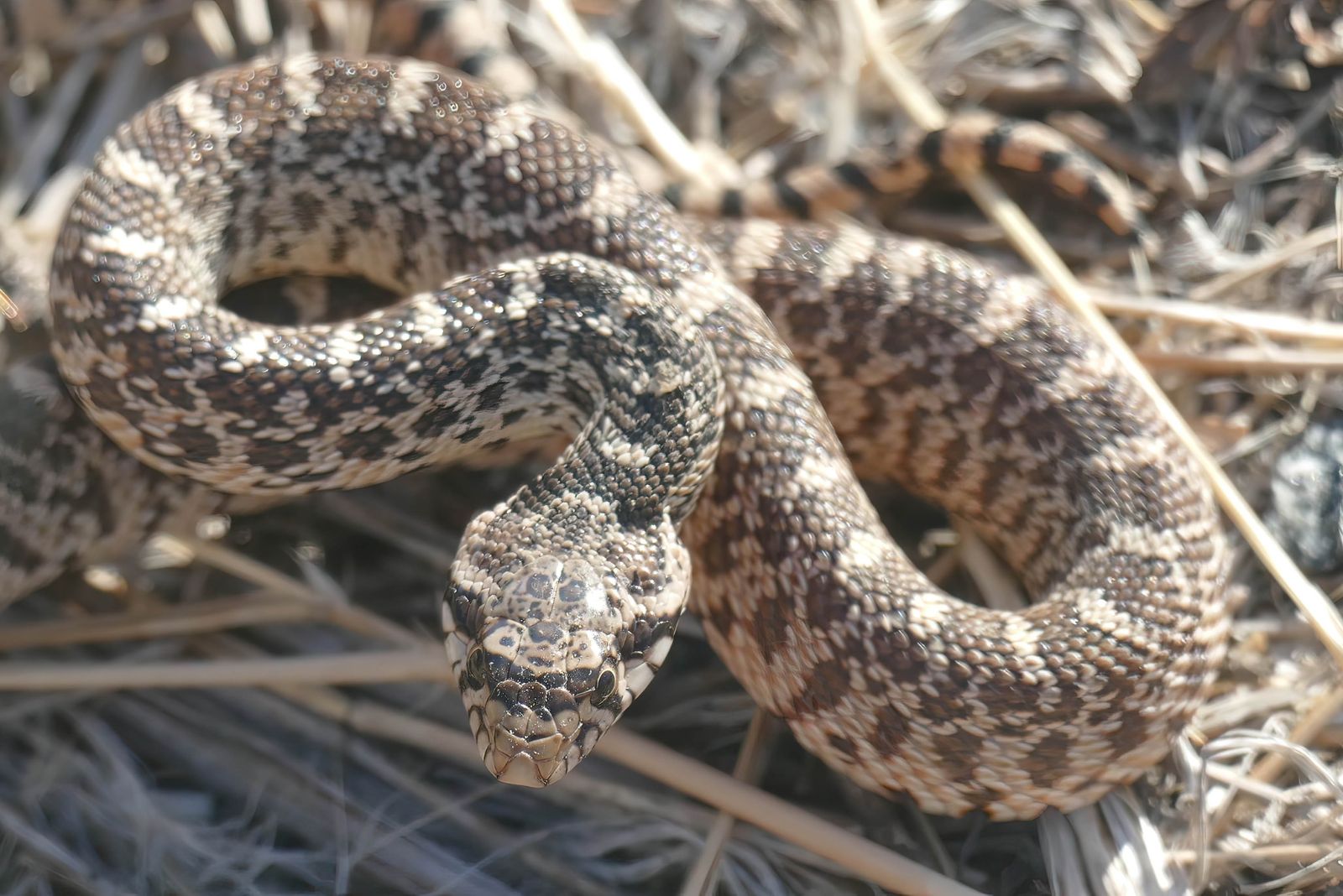
The bullsnakes resemble rattlesnakes a lot and can even mimic their behavior, such as shaking their tails when threatened, even though they don’t have a true rattle.
Despite their resemblance to rattlesnakes, it’s important to mention that they’re not venomous. Still, seeing any type of snake is never a pleasant experience.
3. Colors And Other Physical Traits
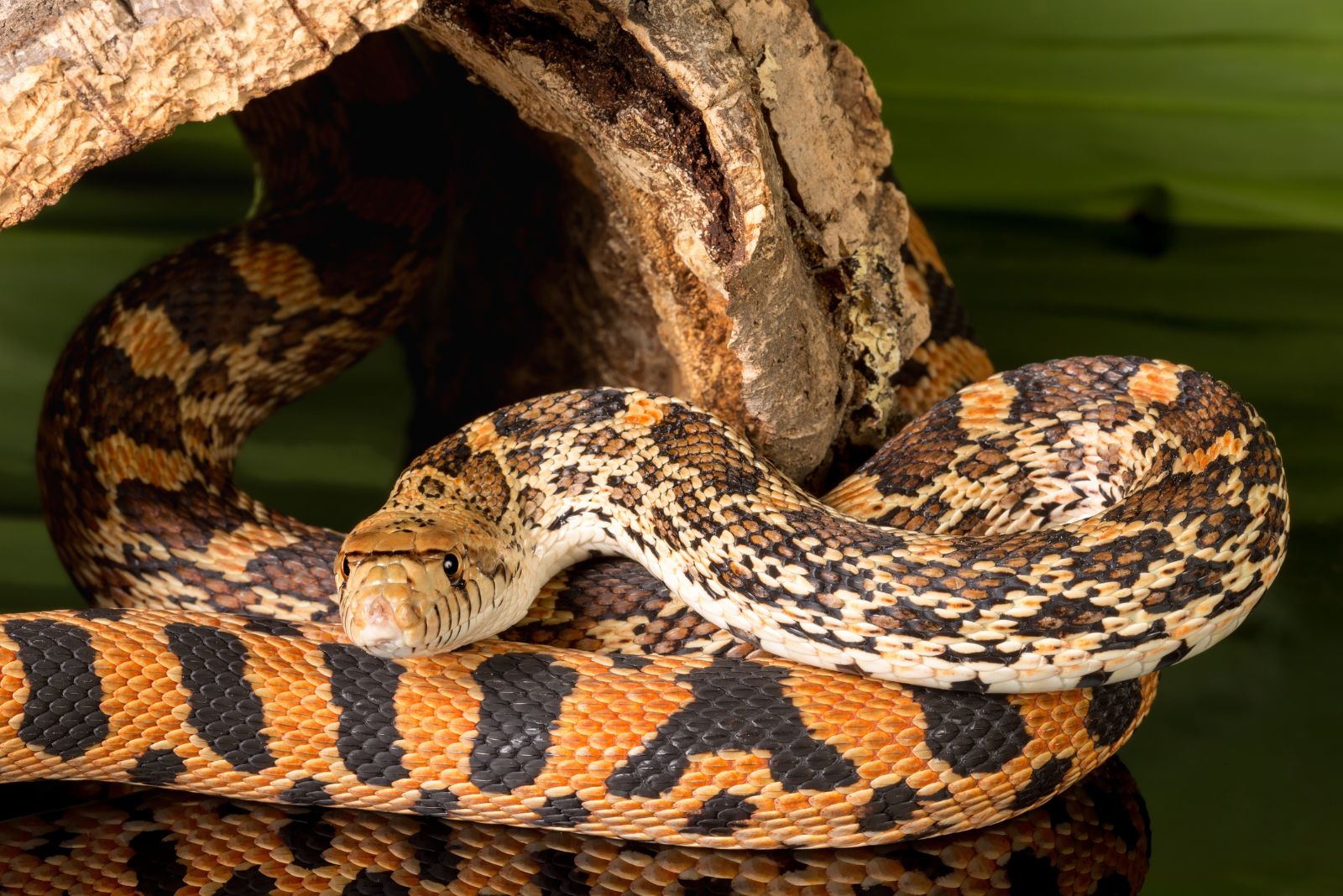
Bullsnakes typically display yellow or brown coloring with square-shaped dark blotches running down their backs. They have small heads, round pupils, and distinctive vertical bars extending from their lower to upper lips.
4. Bullsnake’s Habitat
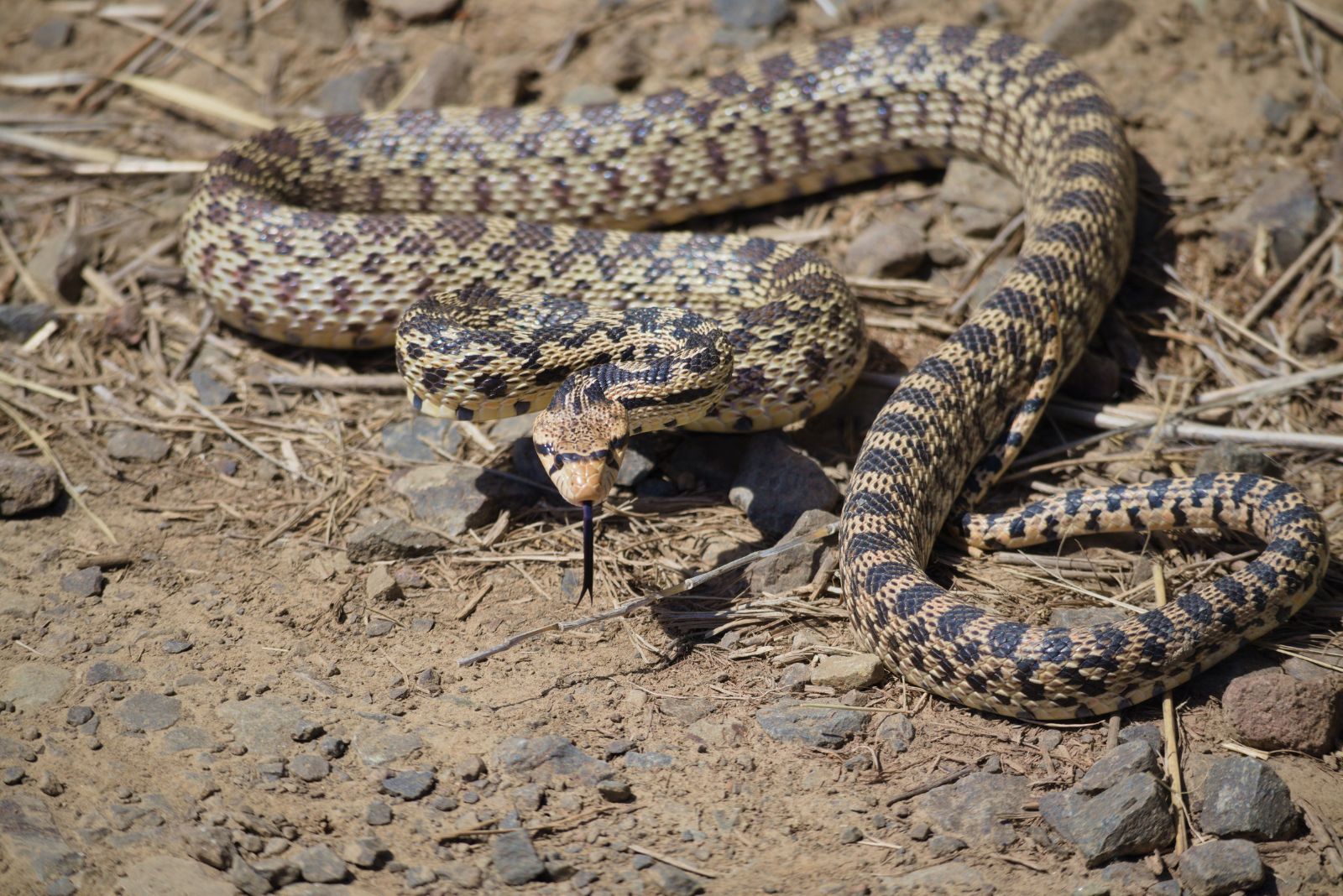
These snakes can often be seen in the lower elevations of the park. They prefer warmer places and dry climates. The bullsnakes usually live in small burrows, a place where they also hunt their prey. Because of that, they’re often called ‘gopher snakes.’
5. Bullsnake’s Potential Prey
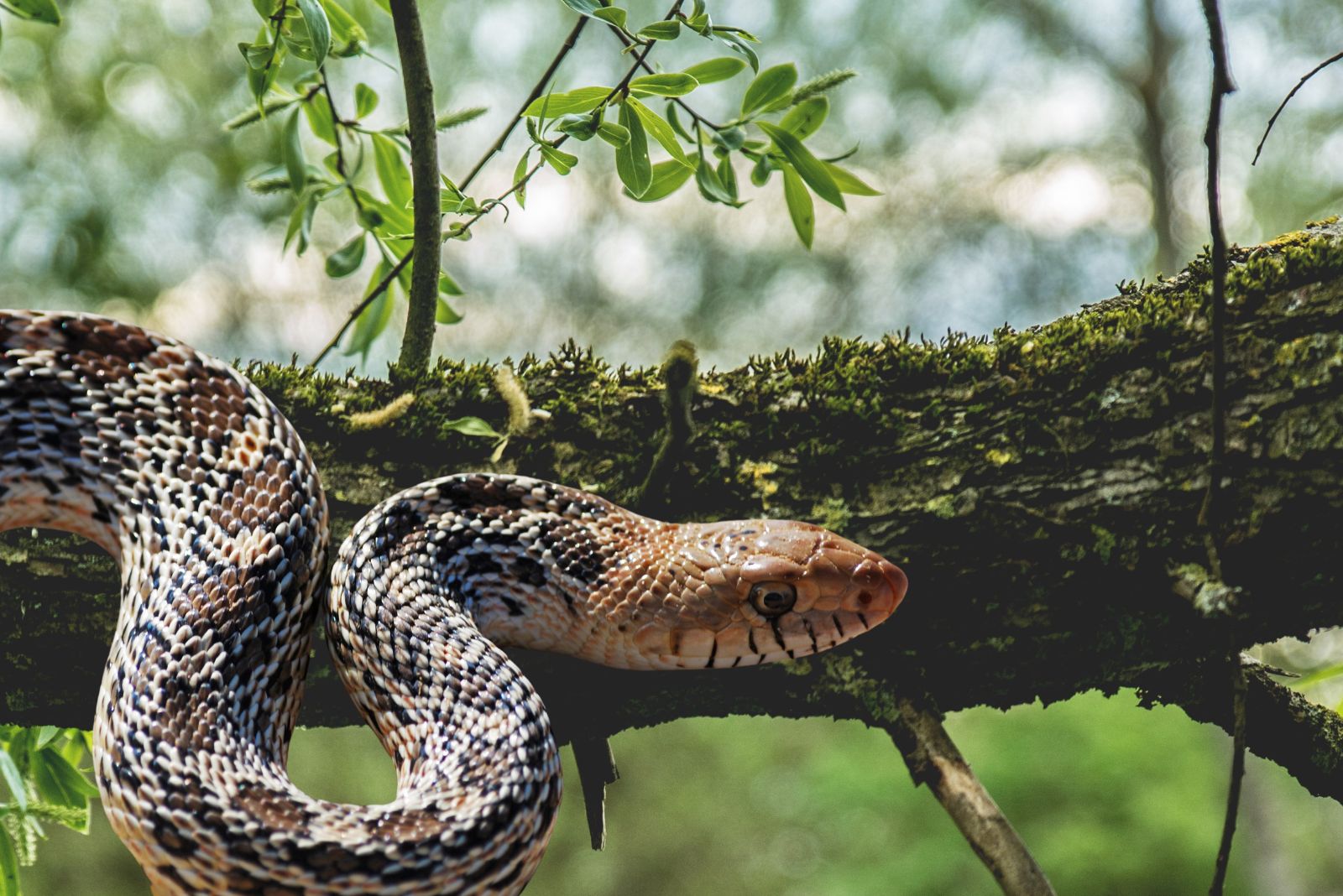
Bullsnakes feed on a variety of prey, including moles, mice, rats, gophers, squirrels, eggs, and birds. Once they catch the prey, they slowly squeeze it until the creature dies of asphyxiation.
6. Essential Adaptations: How Bullsnakes Thrive In Yellowstone
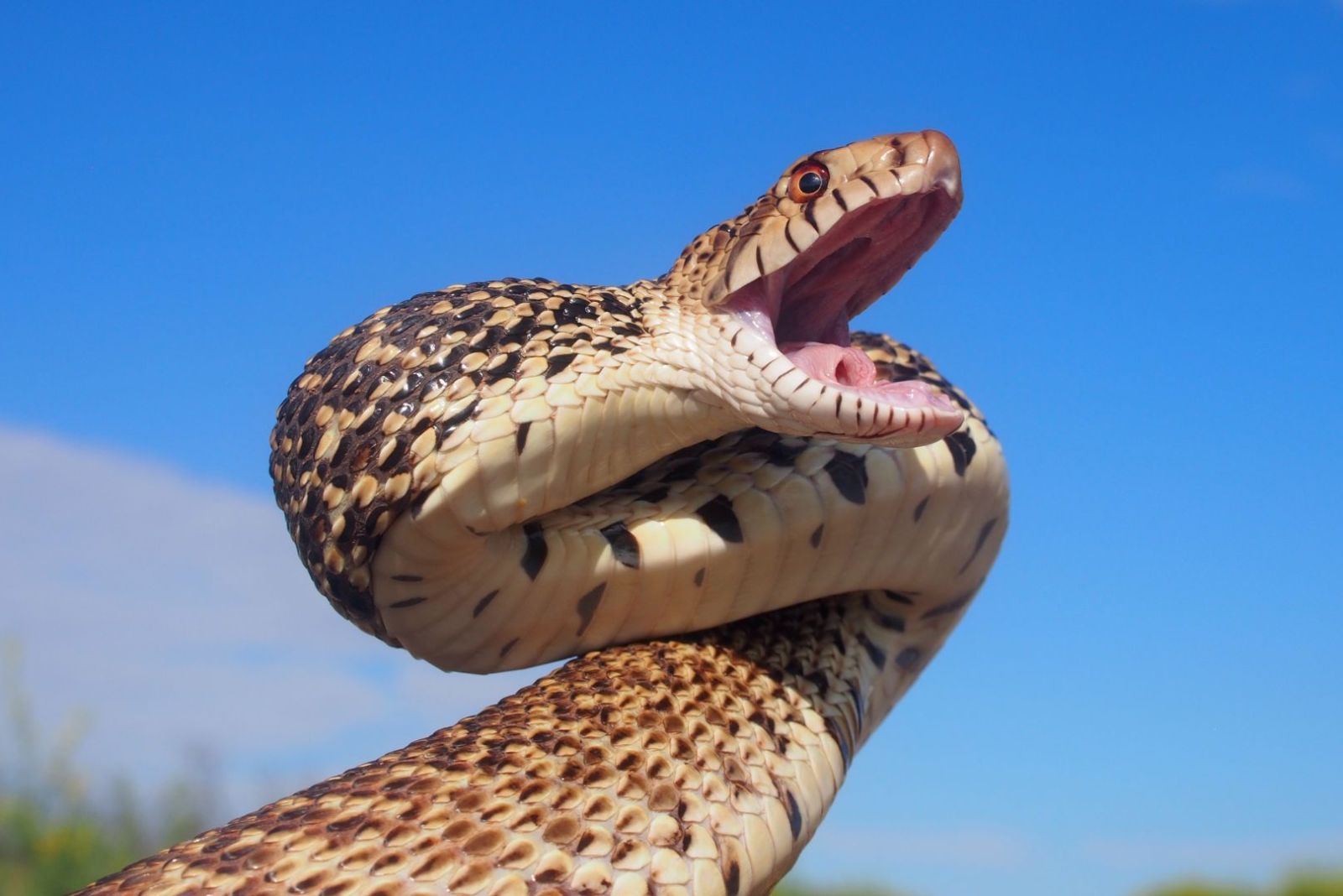
In addition to their mimicry, bullsnakes are highly adaptable creatures. As I mentioned, they can live in a variety of habitats, from grasslands to forests, thanks to their ability to regulate their body temperature and adjust to different environments.
This adaptability makes them a crucial part of the food chain in Yellowstone, as they help maintain balance in rodent populations. Furthermore, bullsnakes are constrictors, meaning they use their strength to subdue their prey, squeezing them until they can be safely consumed.
7. The Bullsnake’s Role In Yellowstone’s Ecosystem
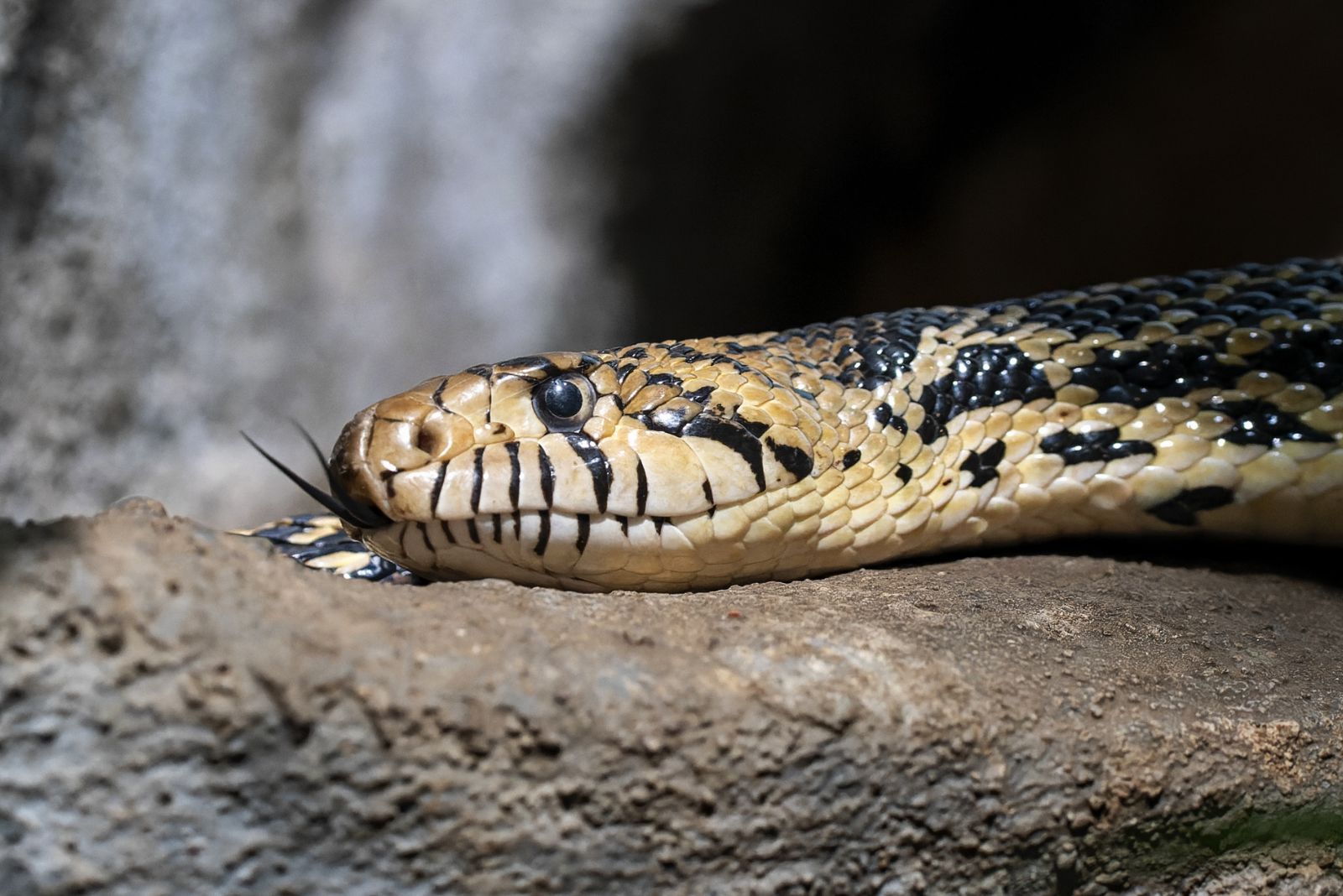
Though not as famous as other Yellowstone species, the bullsnake is an essential player in maintaining the park’s ecological balance.
By preying on small mammals like rodents, they prevent overpopulation, which could otherwise lead to damage to plants and crops. Their presence in the park highlights the importance of all creatures, big or small, in maintaining a healthy environment.
8. Bullsnakes Are Skilled Climbers
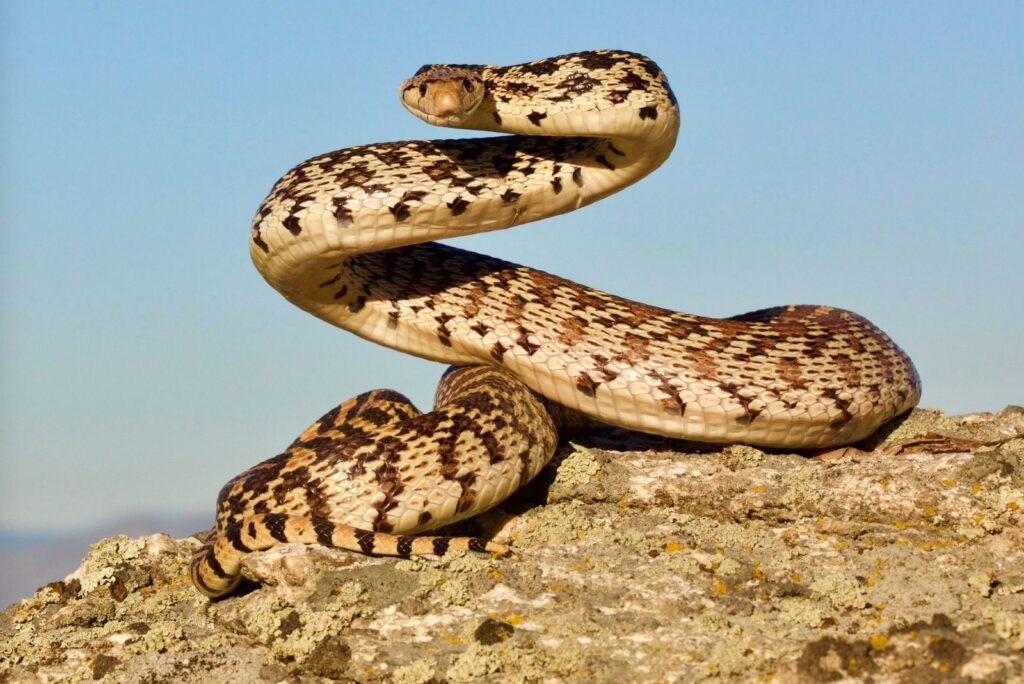
Despite their heavy body, bullsnakes are surprisingly skilled climbers. They can often be seen scaling trees and rocky ledges in search of bird eggs or other prey.
This impressive ability makes them versatile hunters, capable of thriving in both ground-level habitats and elevated areas of Yellowstone.
9. Bullsnakes Can Live Over A Decade
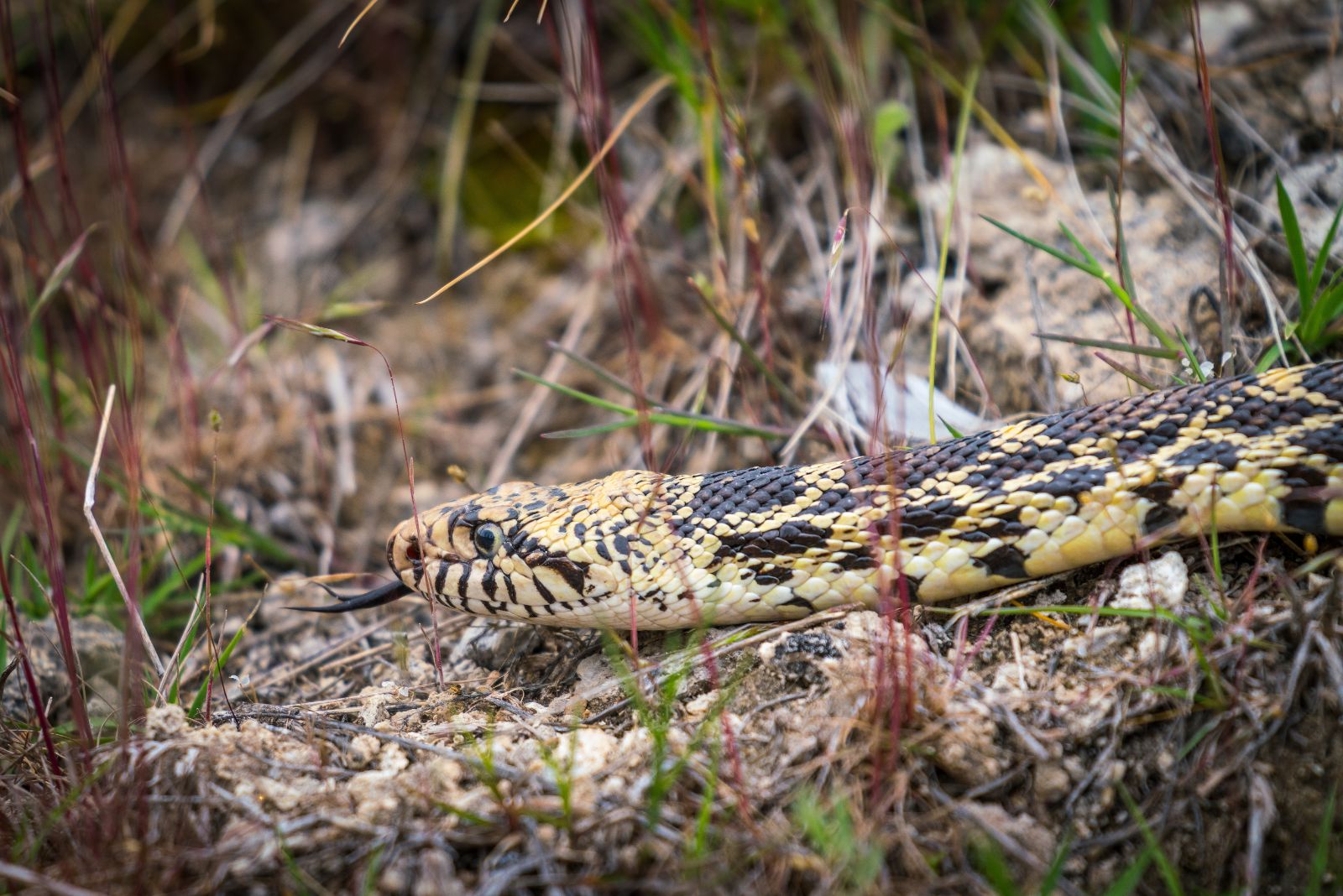
Bullsnakes have a relatively long lifespan for a non-venomous snake, often living over 10 years in the wild. In captivity, where threats are minimal, they can live even longer.
Their extended lifespan contributes to their crucial role in controlling rodent populations within Yellowstone’s ecosystem.


